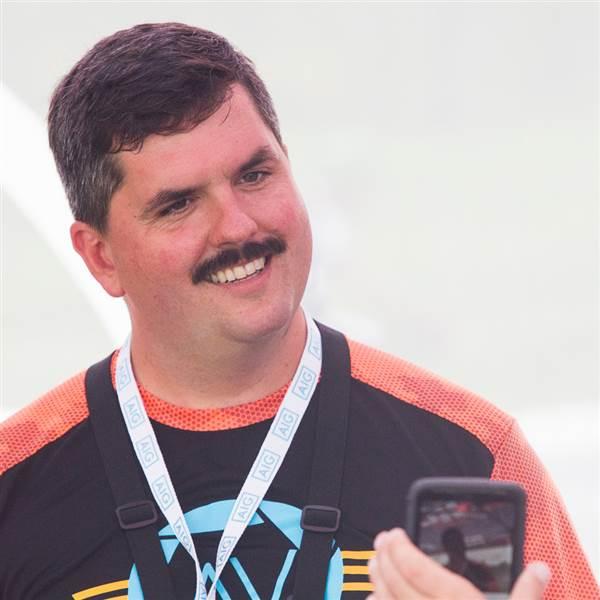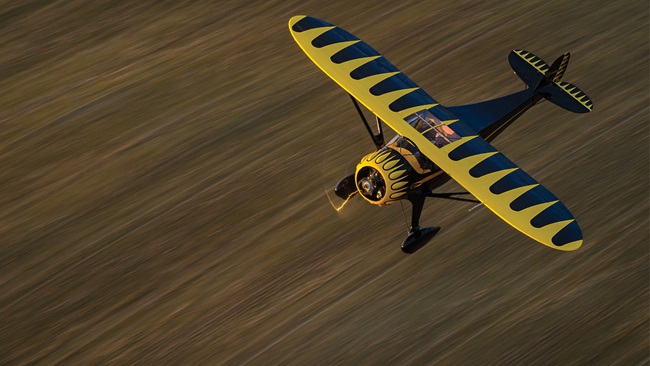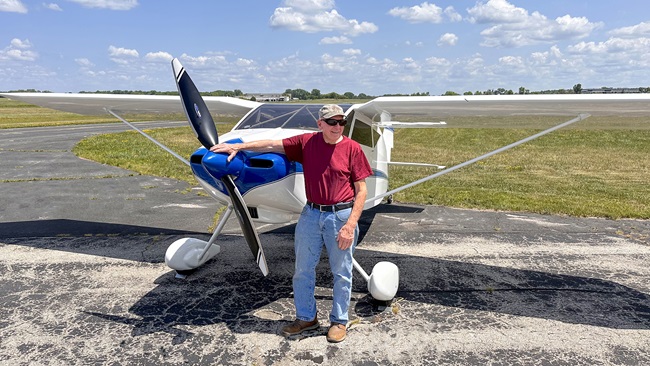Drones race for dollars
National champion crowned in New York
This was officially the second national championships in drone racing and was held on the first weekend in August. Dozens of competitors, hundreds of spectators, and a potential audience of thousands watching then or later via internet took it all in. The grassroots and so far chaotic sport, organized to varying degrees by disparate groups across the country, distilled this year to one national championship event billing itself as such.

“It'll make them fall in love with flying again,” Darby said, encouraging all pilots to give FPV a try.
The professional pilot said that had been his experience, that FPV had helped him find joy in all types of flying. “Work is work, sometimes, even if you love what you do," Darby said. "It loses its luster a little bit.”
But sitting in a chair on a racing stage with a radio controller in hands and goggles with tiny television screens covering your eyes creates an immersive experience that can make anyone forget he or she's not actually flying.
“You're sitting in a chair, flying a toy airplane, and you get so immersed in the moment, you duck,” Darby said. “It's awesome.”
Barely two years after organized drone races began to materialize around the country, the sport has found a home on a national television network (ESPN crews were on hand to stream the national championships live online), and is drawing a growing number of sponsors and pilots who can get themselves fitted out to race for about $1,000, give or take a few hundred, if starting from scratch. Organizers expect this accessible immersion will spark a wider interest in aviation as well.
“I’m building your next generation of pilots,” said Scot Refsland, chairman of the Drone Sports Association, which organized the event.
The Drone Sports Association is also putting together the World Drone Racing Championships slated for October at Kualoa Ranch, Hawaii. Don’t confuse that with the World Drone Prix held in Dubai, United Arab Emirates, which awarded $250,000 of a $1 million total purse to British teen Luke Bannister in March, the largest prize to date for a sport that typically does not yet make enough prize or sponsor money available for its top-ranked pilots to quit their day job. Refsland's organization is not alone: Several leagues and organizations have put together individual events, or series, and the drone racing world remains every bit as chaotic, for now, as the races themselves.
 CEO Sahand Barati said the Drone Sports Association hopes to follow the footsteps of auto racing, which has gone from humble beginnings to a dominant force in modern media with billions in revenue. Making the drones larger, much larger, is part of the long-term vision, he said.
CEO Sahand Barati said the Drone Sports Association hopes to follow the footsteps of auto racing, which has gone from humble beginnings to a dominant force in modern media with billions in revenue. Making the drones larger, much larger, is part of the long-term vision, he said.
“We're going to see these things get huge over time," Barati said. "When they're the size of small cars, that's NASCAR. Aerial NASCAR."
Making bigger drones will solve one challenge that drone sports face: making events as exciting for the audience as they are for pilots. Without goggles to tune into the television signals coming from the tiny aircraft, the races are extremely hard to follow, a bit like watching hummingbirds from a distance. But the first-person camera has made the sport popular online.

Airline pilot Kevin Dougherty, who has built an online following posting freestyle aerobatic videos on YouTube as “StingersSwarm,” said a pilot (of manned aircraft) has some advantages going in, given the knowledge of energy management and situational awareness that comes from flight training and experience. But that advantage only goes so far, he said, and the playing field soon levels. Dougherty did not win. He crashed his quadcopter at least a couple of times over the course of the weekend. (Many pilots did, regardless of their experience. Crashing is very much a part of the sport.)
Meanwhile, if you’re wondering who won, Zachry “A_Nub” Thayer of Laguna Niguel, California, is your 2016 U.S. National Drone Racing Champion.




